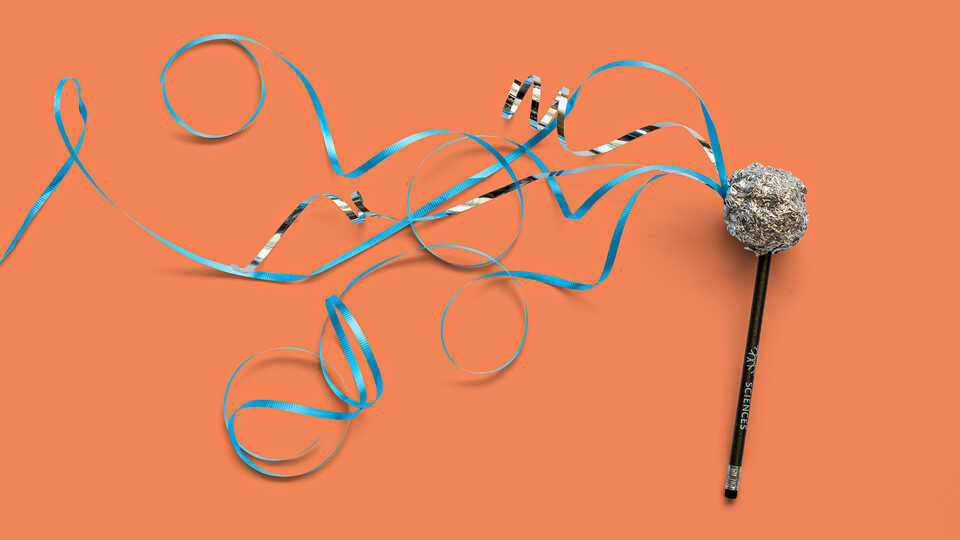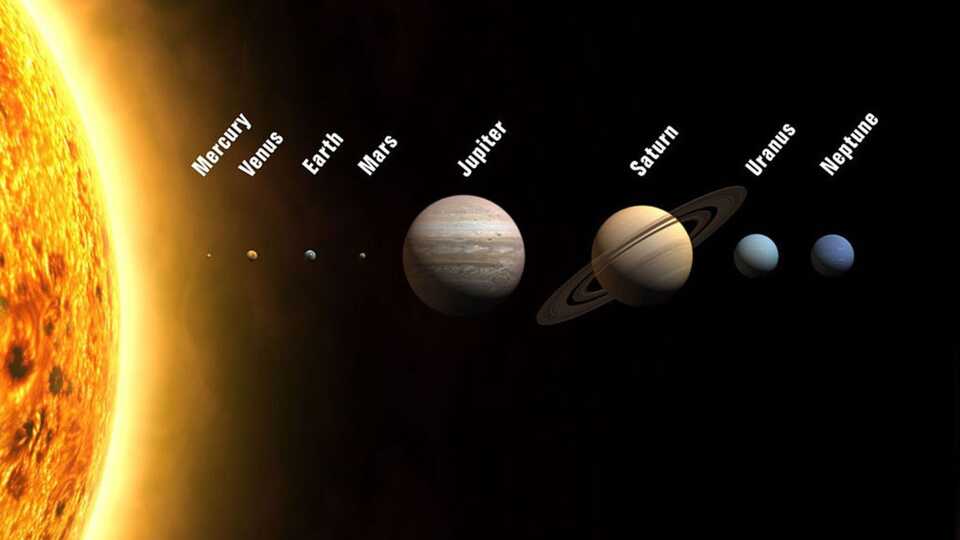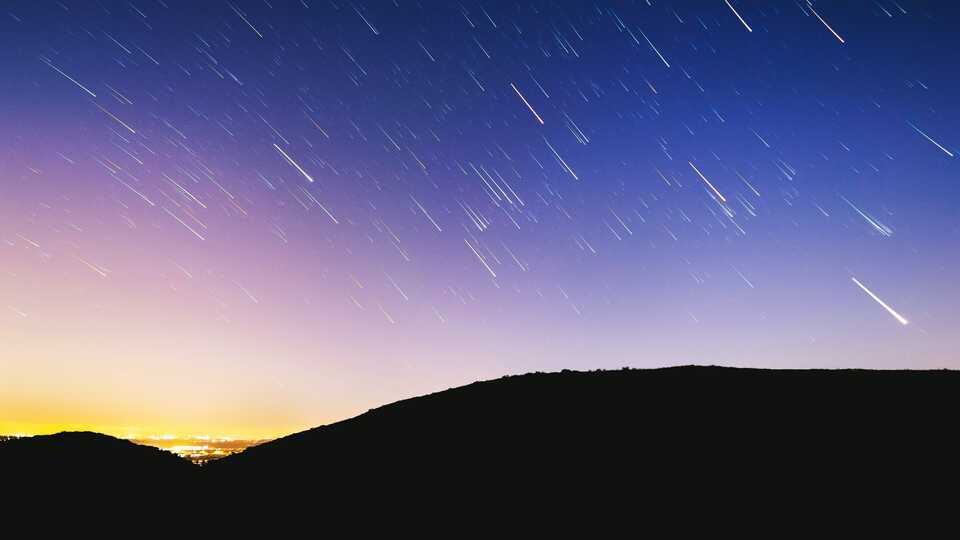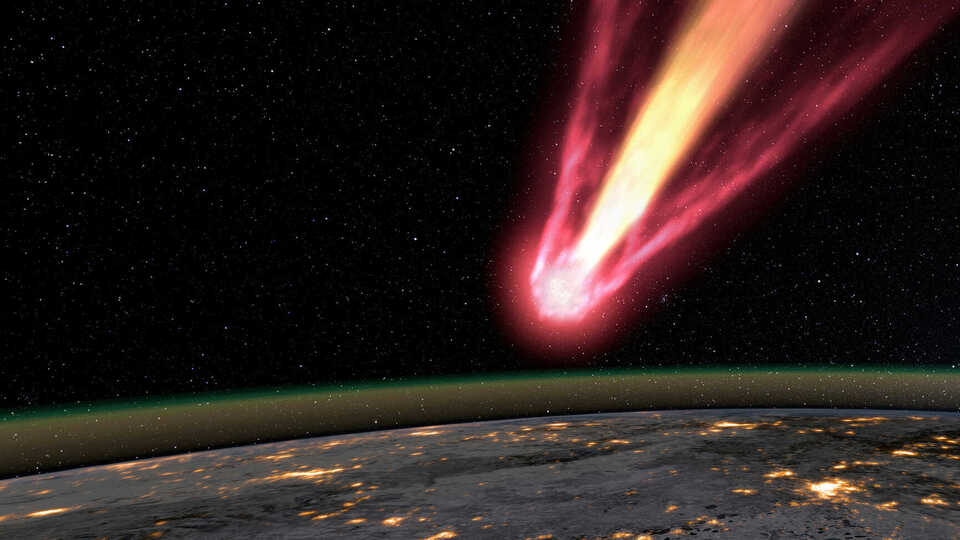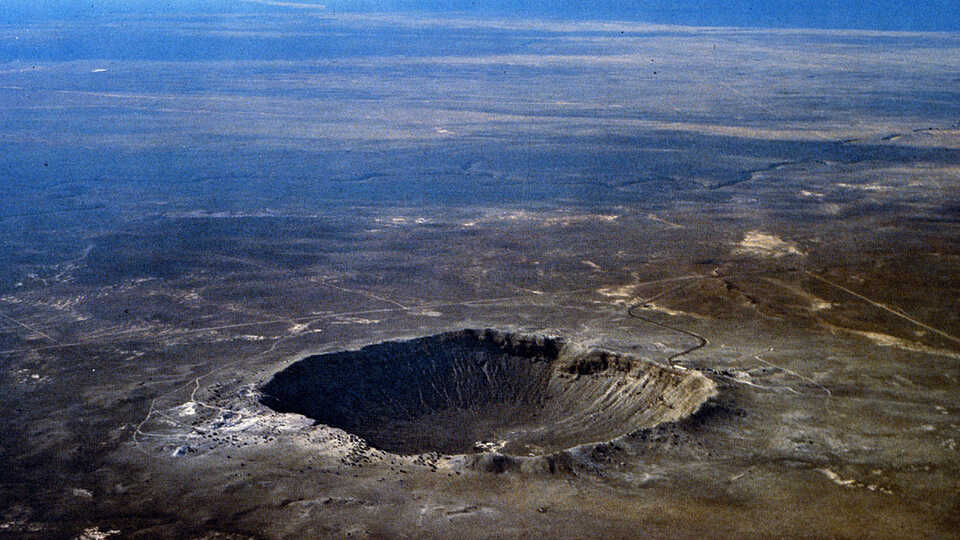Ready to rock? Your mission is to explore the incredible objects that zip and zoom through space—asteroids, comets, meteors, and more—through hands-on activities, crafts, experiments, and videos.
(Please note: While Science @ Home activities are designed for kids, some little ones might need adult help with reading instructions and preparing crafts).
